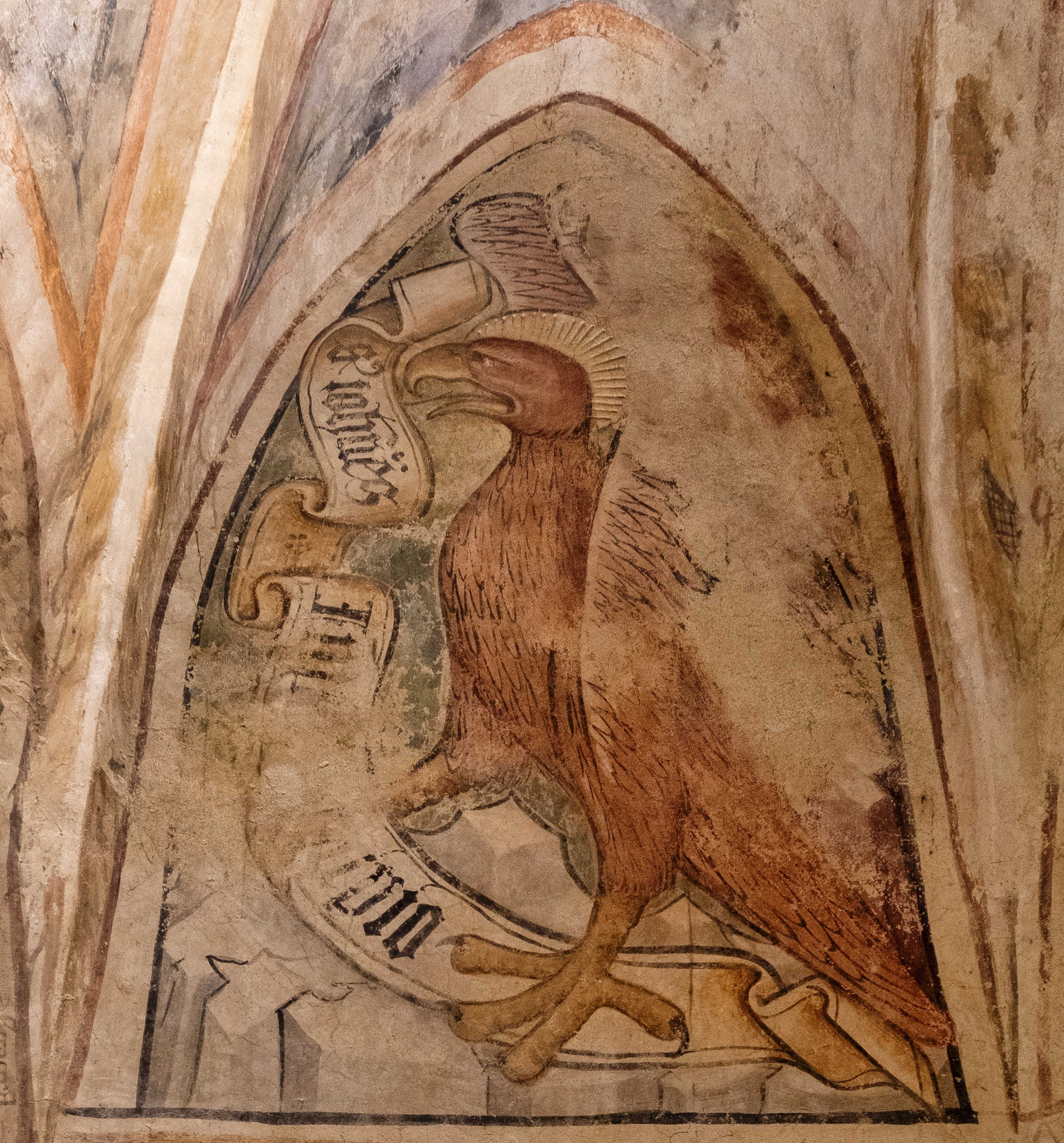Unveiling Őrség: A Journey Through Portraits and Stories
/In the tranquil expanse of Hungary’s Őrség National Park, a tapestry of human stories unfolds. My recent project, "The People of Őrség," aims to capture the essence of this region through the lens of black-and-white photography. This collection is a labor of love, offering an intimate glimpse into the lives of those who call this enchanting area home.
The Heartbeat of Őrség
Őrség, with its rolling hills, dense forests, and quaint villages, is a place where time seems to slow down. Yet, it is the people who truly define its spirit. From elders who have witnessed the changing tides of history to new settlers seeking solace in its serene landscapes, each individual in this series has a unique story to tell.
Through this project, I had the privilege of meeting artisans, farmers, and dreamers. Their faces, etched with the lines of experience and the glow of resilience, tell tales of tradition and transformation. In the portraits, you will find the quiet dignity of a potter’s hands, the determined gaze of a shepherd, and the warm smile of a grandmother sharing her legacy.
Beyond Borders
This journey also extends into the neighboring Slovenian Raab-Goričko region, where the cultural tapestry continues to weave its intricate patterns. Here, too, the stories are abundant and the faces familiar yet distinct, each contributing to a broader narrative of life in this corner of Europe.
The Power of Black and White
Choosing to shoot in black and white was a deliberate decision. This timeless medium strips away distractions, allowing the viewer to focus on the raw emotion and character of each subject. The play of light and shadow brings out the depth of their experiences, creating a powerful connection between the viewer and the person behind the photograph.
A Celebration of Humanity
"The People of Őrség" is more than a collection of images; it celebrates humanity in its purest form. It is about capturing fleeting moments, preserving them for posterity, and honoring the past while looking toward the future. Each portrait is a testament to the enduring spirit of the Őrség community and a reminder of the beauty in every human story.
I invite you to explore this collection and immerse yourself in the world of Őrség. Let the faces and stories inspire you, as they have inspired me.

























